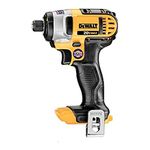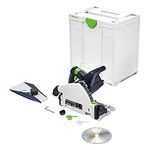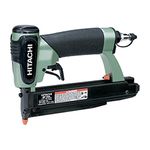Here are some tricks to help you use a fish tape when you’re trying to run new wiring through old walls. A fish tape is a thin, spring-steel wire with a hook on one end. It’s mounted on a spool, and most often used to pull wiring through sections of conduit. It can also snake through hidden wall and ceiling cavities.
It can be hard to hit a target with a fish tape. So I catch it with a string. When you’re working on a vertical run, such as an attic to a wallmounted outlet, lower the string from above. It should be tied into a series of loops, one pushed through the other, and the string weighted with a piece of solder. The fish tape is then introduced into the lower access hole, and manipulated until its hook catches one of the loops. The same trick can work horizontally — push the weighted string along the flat run with a stick until it falls into the vertical cavity.
Another way to get a string from one place to another in an empty conduit is to tie it around a small wad of cellophane and use compressed air to blow it down the run. Then tie it to a heavier string and you’re ready to haul on the tape. For a really convoluted run, where a normal fish tape won’t follow the necessary path, a speedometer cable can do the job. When you are doing this kind of work, make sure you that know the location of any live boxes and unprotected wiring, like knob and tube work. And to make things easier in the event of future wiring changes, leave a piece of nylon string pulled through the runs.
Norman Rabek, Burnsville, NC
Fine Homebuilding Recommended Products
Fine Homebuilding receives a commission for items purchased through links on this site, including Amazon Associates and other affiliate advertising programs.

DEWALT Impact Driver (DCF885)

Festool Cordless Track Saw (TSC 55 KeB-F)

Hitachi Pin Nailer (NP35A)





























